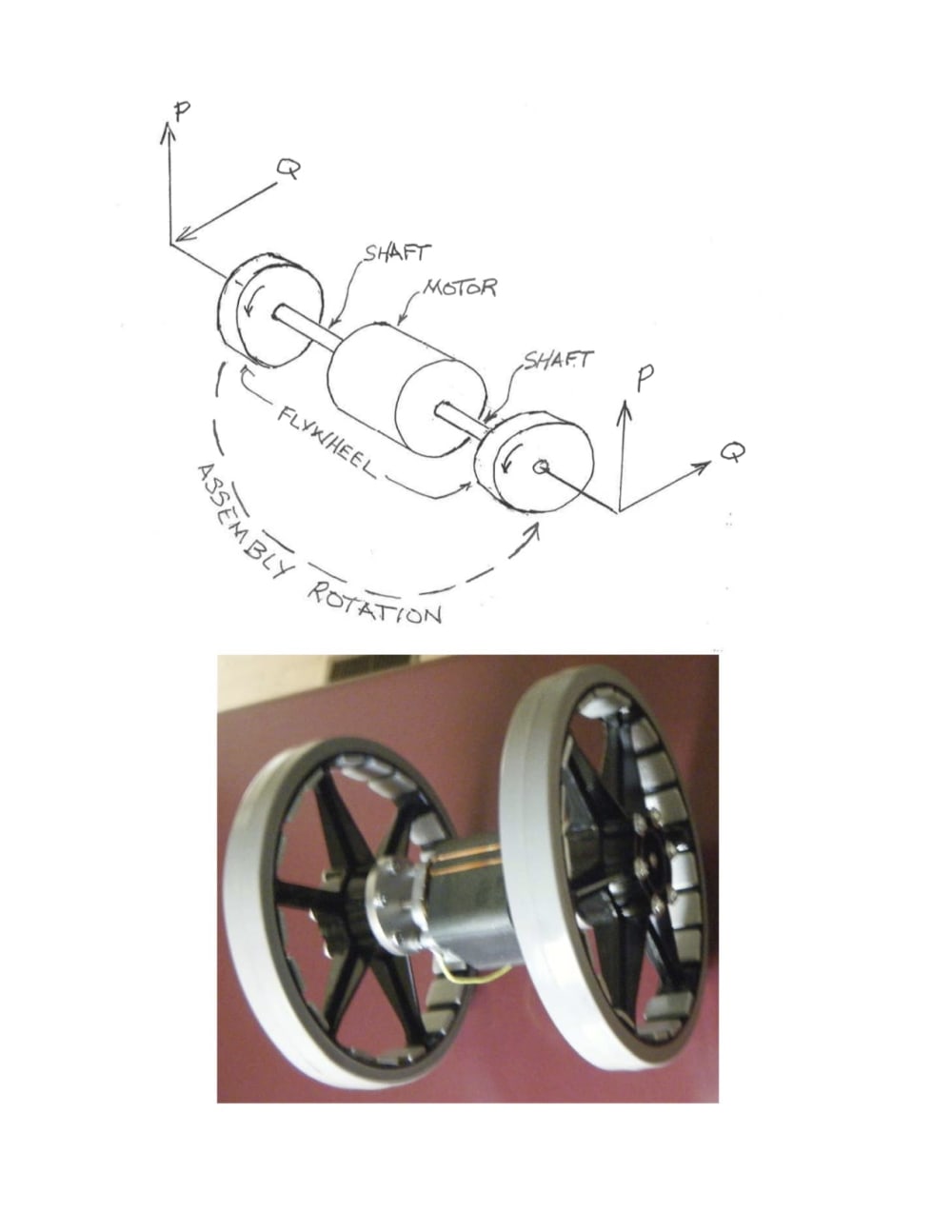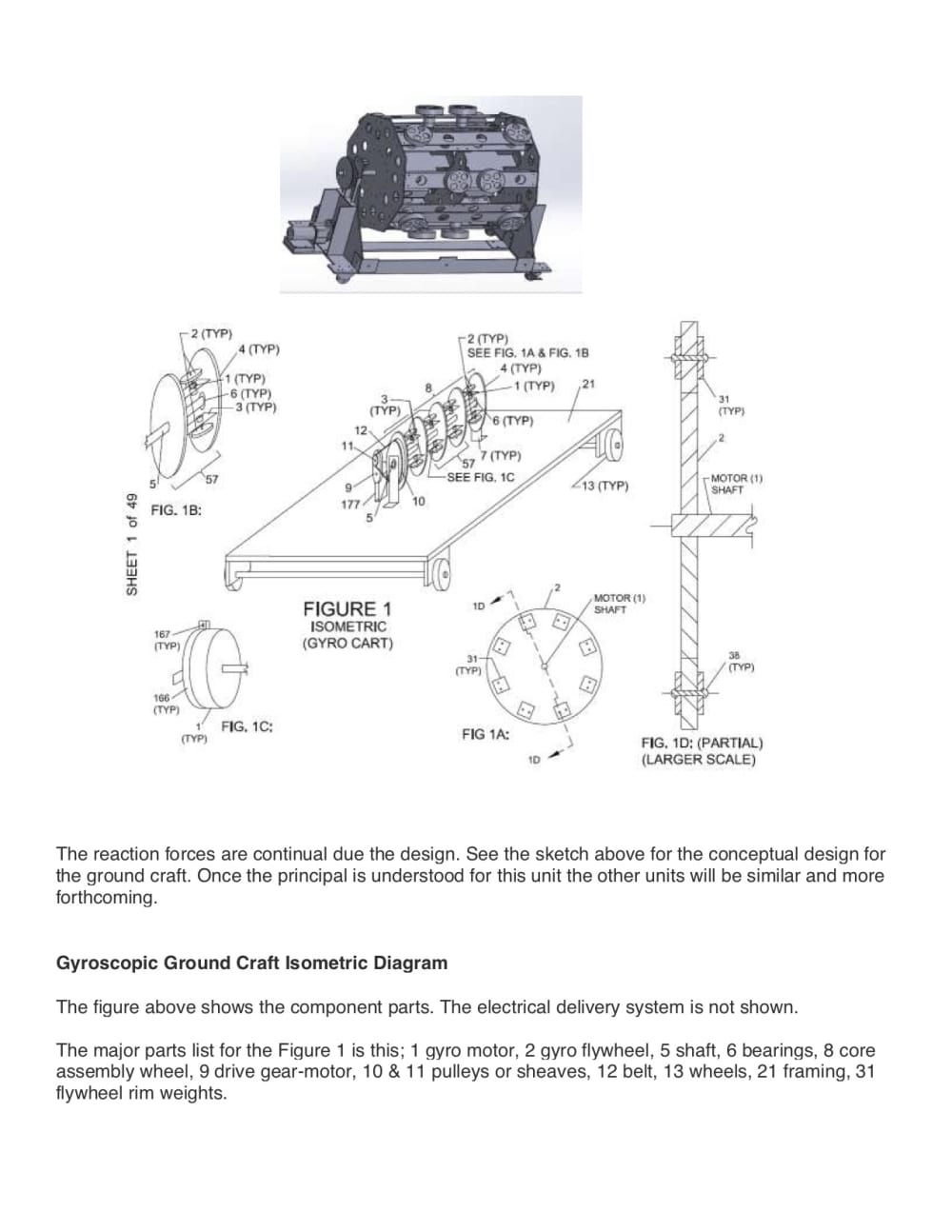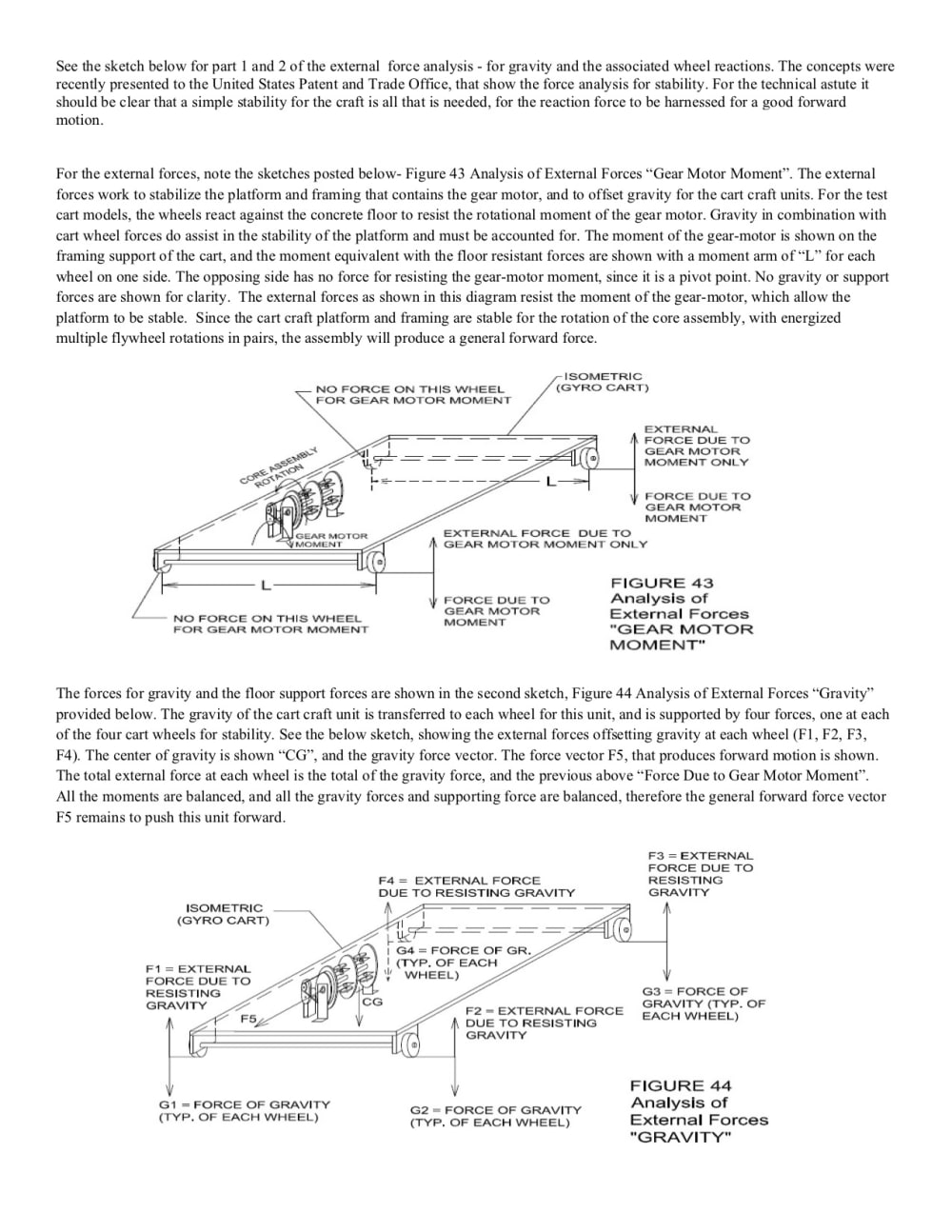Society has been awaiting a mechanical breakthrough on the order of the Wright Brothers, who discovered the way to employ aerodynamic lift, and achieve the miracle of powered flight, over a century ago – and changed the world. Now, after ten years in humble, studied, independent concept and experimentation, by imaginative professional engineers, GRD is introduced publicly as a uniquely powered concept for dynamic propulsion technology, direct-able in multiple dimensions, on land, sea, air, or space.
The purpose: Prove and demonstrate dynamic formulas and working models of multiple rotating bodies that are arranged to continually release power and propulsion in any direction, through mechanical application of rotational (polar) dynamics. Several distinguished and otherwise renowned men have attempted something on this order over many years, but each of them abandoned or ended in frustration. Until Now.
The Secret? There is none, except in the manner and orientation of the powered rotating bodies. Matched pairs of gyros are connected and continuously driven by central motor(s) or engine(s), at the identical gyro rotational speed (RPM), geometry and mass. This condition by itself, however, is much akin to a conventional engine and transmission operating in neutral. As spinning tops, such units tend to remain like toys in static balance, and provide no motive force for useful propulsion. By the addition of one more surrounding element of mechanical activity, however, these assemblies can be induced to release their rotational energies into powerful and potentially useful driving force. This is accomplished by placing the matched pairs of gyros within the framework of a moderately rotating core assembly, moving in the axis of another plane (wheels within a wheel, See our video and Ezekiel 1:16). And almost as if by magic, the active result of this is analogous to putting a conventional transmission in gear, thus our Gyroscopic Reaction Drive!
Is this difficult to imagine in concept? Well, it is relatively simple in mechanical dynamics, and can be expressed as a form of Newtonian equation in motion. But just as powered flying aircraft did not exist for most of recorded history, the human mind tends to stall in consideration of such new modes of locomotion, or even reject them outright, before they can become accepted by proof into the mainstream. So, necessarily, the inventors have set out to build powered models that demonstrate the potential boon to a society in possession of this new form of propulsion. These models are still crude, the performance of the drive needs to improve through better understanding of the combination of moving components, and supporting technologies need to be developed to cope with the new combination of stresses involved (Does this suggest a broad new market and demand for physics based simulation tools?)
One final thought for consideration at this point. Let us suppose that at least some of the reported observation of unidentified flying objects (UFOs) are genuine. How then do you suppose those things are able to move in ways that our best aircraft are unable to match?
Video
Like this entry?
-
About the Entrant
- Name:William Cor
- Type of entry:teamTeam members:Walter E. Wood, PE, Inventor & President, Wood-Cor LLC, Sylvester, Georgia
William L. Cor, PE, Wood-Cor, LLC, Sylvester, Georgia - Software used for this entry:Solid Works, Microsoft Excel, Adobe Acrobat
- Patent status:pending








